Post Syndicated from VassilKendov original http://kendov.com/%D0%B4%D0%B5%D1%86%D0%B0%D1%82%D0%B0-%D0%BE%D1%82-%D0%BE%D0%B1%D1%89%D0%B8%D0%BD%D0%B0-%D1%80%D0%BE%D0%B4%D0%BE%D0%BF%D0%B8-%D0%B1%D1%8F%D1%85%D0%B0-%D1%81%D1%80%D0%B0%D0%B2%D0%BD%D0%B5%D0%BD%D0%B8/
 Децата от Община Родопи бяха сравнени с кучета от Георги Цанков – председател на Общинския съвет, при публичното обсъждане на бюджета на Община Родопи
Децата от Община Родопи бяха сравнени с кучета от Георги Цанков – председател на Общинския съвет, при публичното обсъждане на бюджета на Община Родопи
На 30 Март 2022 се проведе публичното обсъждане на общинския бюджет в Община Родопи.
На въпрос за заделените стипендии за деца в Община Родопи, зададен от финансиста Васил Кендов, председателят на общинския съвет Георги Цанков отговори така:
„ …това, че Вие искате стипендии за деца, кучета, птички…”
На тази реплика Васил Кендов реагира остро и обясни, че не може да се сравняват децата с кучета. Това не е нормално и етично, и обяснява много неща.
На срещата общината организира запис на звуков файл, от който може лесно да се провери какво точно е казано и в какъв контекст.
Малко по-късно г-н Георги Цанков отново използва неподходящо сравнение в което обясни защо за малките населени места практически не е предвидена никаква подкрепа, от рекордния общински бюджет от 44.5 млн. лева.
„…бюджета е като бюджета на едно семейсто. Всичко влиза в една обща сметка и оттам се разпределя на всеки…”
Това иказване също не остана незабелязано от финансиста Васил Кендов (председател на фондация възраждане на българските села)
„Разбирам, че на г-н Цанков не му се получават сравненията днес. Преди малко сравнихте децата с кучета, а сега обаснявате как в едно семейство трябва да кажем на малкото дете, че няма да яде, защото ще дадем повече на по-голямото му братче. Това не е нормално.”
Изказванията бяха записани, а звуковите файлове се съхраняват в общината.
На практика бяха констатирани множество нарушения, а на обсъждането не присъстваха журналисти.
Стигна се и до личностни нападки към граждани по отношение на тяхното облекло, което според кмета Павел Михайков било неуважително.
В този случай гражданинът на с. Белащица отговори, че идва директно от работа, защото сега е разбрал за това обсъждане и не е имал време да се преоблече. Той също така отбеляза, че срокът от публикуването на поканата за обсъждането е прекалено кратък за да научи по-рано, а начинът на обявяване е бил на вътрешна страница на сайта на общината, което практически я прави незасекаема за хората от Община Родопи.
Точно такаве беше и първата точка от изложението на финансиста Васил Кендов.
Прилагаме цялото изложение
„Във връзка с поканата за пъблично обсъджане на проектобюджета на Община Родопи, бих желал да обърна внимание на следните детайли
1. Поканата е качена на 23.03.2022г., а датата на провеждане на пубичното обсъждане е определна на 30.03.2022г. в 10.00 часа. Реалният срок определен за запознаване и обсъждане е 7 дни.
Личното ми мнение, че това е твърде кратък срок.
Според деловодството на Община Родопи, които се позовават на разпоредбите на АПК и респективно Закон за нормативните актове, срокът за отговор на мое запитване към Община Родопи е едномесечен. Става въпрос за отговор, който съдържа половин страница формат А4.
От друга страна проекто бюджета на община Родопи е 15 страници, а резюмето към него е 14 страници.
Тоест община Родопи, при целия си административен капацитет, бюджет от 37.5млн (за 2021) и персонал, има нужда от 30 дни за отговор на запитване от гражданин, а отделен гражданин с личния си ресурс се очаква да се запознае, анализира, консултира и да даде предложения за бюджет и резюме в рамките на 7 дни, и то ако попадне на поканата за общественото обсъждане още първия ден от нейното публикуване.
Ясно е, че законовия срок за обсъждане е един месец, но как точно, с кого и с каква ефективност очаквате да се проведе обсъждането след срещата за обсъждане на бюджета, която е 7 дни след обявата. Останалите 23 дни от законовия срок ще са безсмислени.
Мисля, че горното е технически невъзможно! Не съм убеден, че това е във възможностите на 99.99% от живущите в Община Родопи, което според мен дава повод да се замислим за предоставяне на РЕАЛНА ВЪЗМОЖНОСТ ЗА ДЕБАТ върху бюджета на Община Родопи.
С предходно мое писмо до Община Родопи, обръщам внимание, че сесиите на Общински съвет в Община Родопи се обявяват с предизвестие от по-малко от 24 часа. Отговорът беше, че това важи за неотложните и спешни сесии. От началото на годината в Община Родопи са проведени 3 сесии. Две от тях – на 19.01.2022 и 07.03.2022 са с предизвестие под 24 часа, с мотив за спешност.
Като пример – на първата от тях са взети решения за възнагражденията на Кмета на Община Родопи (точка 2 от дневния ред), а също така е приет и „Анализ на потребностите от подкрепа за личностно развитие на децата и учениците в Община Родопи” (точка 3).
Личното ми мнение е, че покрай някоя „точка” от дневния ред, която отговаря на изискването за свикване на заседание на общинския съвет по спешност, се гласуват други 10 точки, които не отговарят на това определение и подлежат на обществено обсъждане.
Практиката по влючването на такива точки в дневния ред на спеши заседания, отнема възможността за публично обсъждане на проблемите и действията на общинската администрация и това се превръща в практика на администрацията на Община Родопи.
Сроковете на обявленията са прекалено кратки за да може обществото да се запознае с дневния ред, както и да заяви евентуално участие в сесиите на общинския съвет.
Научих също, че онлайн сесиите нямат възможност (на практика) да бъдат наблюдавани от граждани по „технически причини”.
За мен като гражданин такава теза е несъстоятелна поради факта, че на територията на Република България от 2 години поради обявената пандемия, всички училища и администрации въведоха системи за оналайн занятия и срещи, които системи са безплатни. В частния сектор такива се използват от десетки години и е несериозно да се твърди, че „няма техническа възможност” за осигуряване на линк на сайта на общината ( с някой от десетките безплатни софтуери за конферентни връзки), за да могат да бъдат наблюдавани онлайн заседанията на общинския съвет.
Като извод от горното, бих желал да отправя молба както към Общински съвет в Община Родопи, така и към Областен управител на Област Пловдив, да вземат отношение по така описания казус и да гарантират възможност на жителите на Община Родопи да взимат участие или поне да имат ПРАКТИЧЕСКА възможност да наблюдават заседанията на Общинския съвет.
2. Относно формата на предоставяната информация за Бюджет 2022.
На страницата на общината е предоставен линк към предлагания бюджет за 2022 в pdf формат. Такъв обаче липсва за 2021 година. Там бюджета е даден в различни pdf файлове, някои от които доволно нечетливи. Като пример мога да посоча „Мести дейности – сборен бюджет 2021”. За мен това не подлежи на обработка и сравнение с предложения нов „Мести дейности сборен бюджет 2022 – проект”, прото защото не се вижда, дори при разпечатване.
Освен, че имаме едва 7 дни за запознаване и взимане на становище, на практика публикуваните данни за 2021 и проекта за 2022 са несъвместими, за да можем да определим тренд и/или повтаряемост на разходите.
Личното ми мнение е, че за всеки от публикуваните файлове има налични екселски таблици. Не е нужно да бъдат публикувани копия от хартиен носител, конвертирани в pdf формат.
За мен дори при желание и наличие на ценз, анализа на бюджета на община Родопи е ПРАКТИЧЕСКИ невъзможен по начина, по който са представени данните. Не виждам причина да не се публикуват съвместими данни е електронен вариант, позволяващ обработката им.
3. Капиталов разход за газифицирне на ОУ Неофит Рилски с. Ягодово – 60 000 лева. (стр. 4, ред 42). Предвид цените на природния газ и задаващата се газова криза, предлагам средствата по този разход да бъдат пренасочени към, за поставяне на тенис маси около читалищата, което в комбинация със свободна WiFi точка, да превърне пространството около тях в любимо място за игра и забавление.
4. Забелязва се драстична разлика в цената на снегорините за Крумово и Лилково (стр. 7, ред 113 и 114). Мисля, че е нарушен основен принцип, а именно – отпускат се повече средства за място, където има пъти по-малко сняг, ако изобщо има. Тази година примерно в Крумово нямаше никакъв сняг, докато в Бойково, Лилково и Ситово вчера отново валя (28.03.2022)
Тази година в с. Бойково затъвах и бях издърпван 3 пъти (имам 2 автомобила и двата 4×4) , а самия аз участвах в издърпването на 4 други автомобила на едно и също място – отсечката от бетонирания път към местност Чатал Чучур. Миналата година съседите събрахме пари за да „оправим” стръмната част на пътя, но калните улици се оказаха още по-голям проблем.
искам да отбележа, че не става въпрос за асфалтиране, a насиповане с трошен камък. Евтино е, бързо и ефективно за планински терен.
Как очакваме да се възроди селото, ако не можем да стигаме до имотите си? Разбираме, че трябва да сме активни и сами да си помагам, но би било добре и общината да помогне в този случай. Става въпрос все пак за 44,4 млн, лева бюджет.
5. Това се очетрава да бъде бюджета на детските площадки. Задава се обаче по-сериозен проблем, който не се обсъжда – „проблемът с боклука”. Има издадено наказателно постановление за използването на депото в с. Цалапица. Сигурен съм че кметът на Община Родопи в качеството си на адвокат е наясно какво значи това. Моля да запознаете обществото с него. Има ли резервен вариант Община Родопи за депониране на отпадъци и кога смятате да заделите средства за него?
Това са проекти отнемащи време и ресурс. Не е редно отново да бъдем „изненадани”.
Смятам, че работата по такъв проект е дори закъсняла. В бюджета се говори за създаване ан условия за инвестиции, но ако бъдем реалисти, инвестициите ще са невъзможни, ако няма сигурно и трайно решение на проблема с отпадъците.
6. Стр. 3 точки 1,2,3,4,9,10,11 – Закупуване на техника (предимно лаптопи) на обща стойност 130 000 лева. Фондацията която представлявам има серизен опит в изграждането на компютърни зали, включително на територията на Община Родопи – Бойково, Лилково, Златитрап, Белащица, Марково. Предстои изграждането на такава в с. Ситово. Проблемът е в непригодността на помещението. Виждам кампании за набиране на средства от активистите на читалището, за ремонт на покрива.
От друга страна не смятам, че закупуването на тази техника ще повиши административния капацитет на Община Родопи. Няма основателна причина да се закупуват лаптопи за общиснките съветници, при положение, че се прави по една среща на месец. Ресурсът на такава техника е значително по-сериозен, а предназначението и е за съвсем друга дейност.
Най-лесно това се демонстрира с пример. Каолко е в момента времето от подаването на заявление за дарение на земя на общината, до взимането на решение за приемане на дарението? А с колко ще се съкрати това време след закупуването на техниката?
Предлагам тези средства да бъдат насочени към развитието на младежките клубове и дейности в Община Родопи. Като пример – За младежките клубове са отделени 30 800 лева с 2 щатни бройки за годината, а за пенсионерските клубове 352 000 лева и 15.5 щатни бройки.
Трябва добре да се замислим какво реално искаме да развиваме и как става това?
Без да подценяваме пенсионерите и техните нужди, трябва да се замислим за тези които идват след нас – децата. И то не само за физическото им развитие, а за подходящо образование.
Резултати от независимо външно оценяване за 2021г. математика – ЧУ с. Марково 76 място, с. Марково 216 място, с. Брестовица – 916 място, с. Първенец 574, с. Устина 738, с. Ягодово 856…
Нека не забравяме, че това са населени места в съседство с втория по големина град в България.
Как очакваме да развиваме и привличаме бизнес, без да осигурим квалифицирана работна ръка или гарантирано сметоизвозване?
Какви са приоритетите на общината за привличане на бизнес? Какъв вид бизнес?
Ако ще равиваме ядрена енергетика не трябва ли да имаме средно училище със съответната специалност?
Ако ще развиваме туризъм, не е ли добре да имаме на територията на общината училище с паралелка хотелиерство?
Ясно е, че сме в близост до голям град, но това значи ли, че не трябва да развиваме образование?
Обикновенно процесите са обратни – голеия град е притегателен център за младите, а не селата около него.
Според мен в бюджета липсва ясна програма за развитие на икономическа активност в Община Родопи. Липсва и бюджетна обезпеченост на такива намерения, липсват и заявени конкретни икономически дейноси, като приоритетни за общината.
В Бюджета не е предвидена нито една стипендия (освен ако не са отчетени в друго перо)
Искам също да отбележа, че за последната година представляваната от мен Фондация – Възраждане на българските села, е организирала или участвала с помоща на кметовете и кметските наместници в следните мероприятия (извън даренията) на територията на Община Родопи:
Засаждане на рози на входа на с. Бойково, Дарение на професионална компютърна зала на младежкия клуб в с. Марково, организиане на беседа – Професиите на бъдещето с участието на лектори като Светлин Наков (СофтУни), Блогърът No Thanks, Председателят на Българската Starcraft Лига – Лъчезар Каменов, организиране на 2 турнира – Starcraft и CS, отганизиране ан конкурс за най-хубава баница с. Бойково, Организиране на Еньовден в с. Ситово, трофи преход от с. Бойково до с. Лилково. Всяко едно от тези мероприятия има потенциал да стане събитие от национално значение.
Трябва със съжаление да отбележим, че до момента на нито едно от тях не е имало официално присъствие или подкрепа от администрацията на Община Родопи! А потенциал има във всяко едно от тях. Прилагам линк към някои събития – https://www.youtube.com/watch?v=Wb6rHJRsMxU
Предлагам в бюджета да се предвидят средства за поставянето на тенис маси за открито пред читалищата в населените места, в комбинация с осигуряване на свободна wifi точка за всяко населено място, за сметка на средствата за изграждане на детски площадки, а ако се правят такива, то те да бъдат в непосредствена близост до читалищата, където да се оформят „комплекси” за приятно прекарване на свободното време на деца и младежи.
Предлагам средствата за газификация на училището в с. Ягодово да бъдат преразгледани и пренасочени за изграждане на система за отопление с термопомпи, като се предвидят и средства от националния план за възстановяване и развитие.
Абсолютно задължително е на страницата на Община Родопи да се публикуват четливи данни във формат позволяващ тяхната съпоставка и обработка за отделните периоди (Примерно Ексел)
Предлагам да се отделят целеви средства за създаването на фестивал от национално значение, за сметка на планираните разходи за закупуването на IT техника
Предлагам да се изготви стратегия за развитието на бизнес среда в Община Родопи
Предлагам да се заделят средства и да се започне работа по изграждането на ново сметище на територията на Община Родопи
Васил Кендов
Жител на Село Бойково, председател на Фондация Възраждане на българските села.”
The post Децата от Община Родопи бяха сравнени с кучета от Георги Цанков – председател на Общинския съвет, при публичното обсъждане на бюджета на Община Родопи appeared first on Kendov.com.








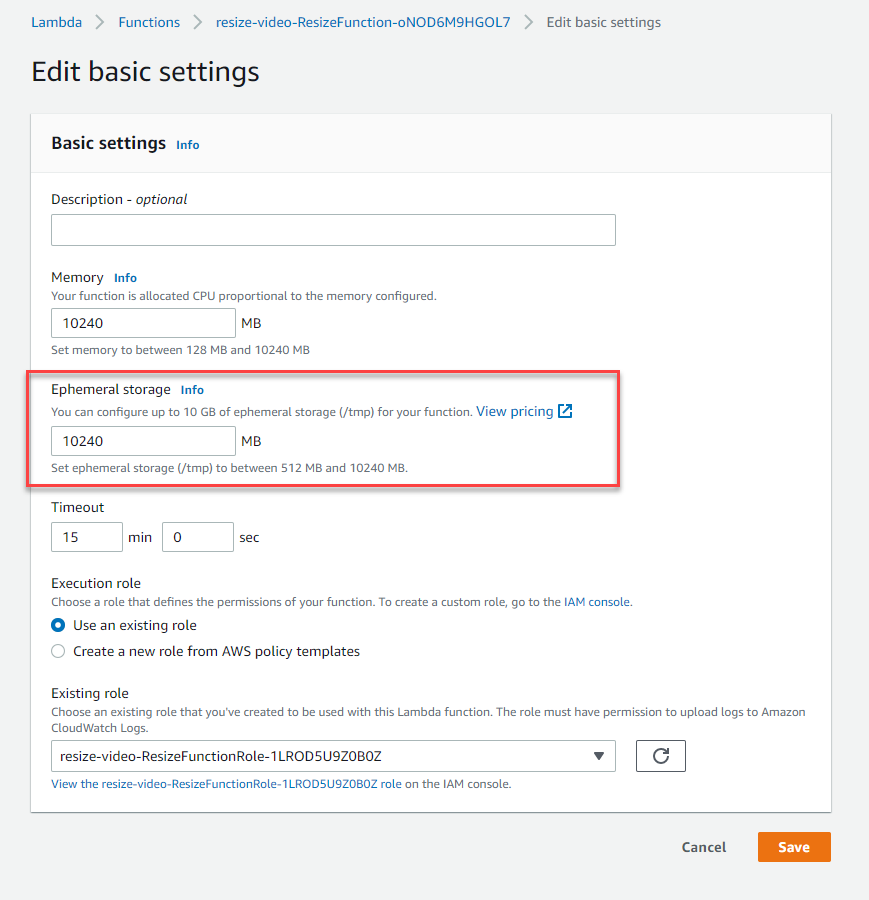















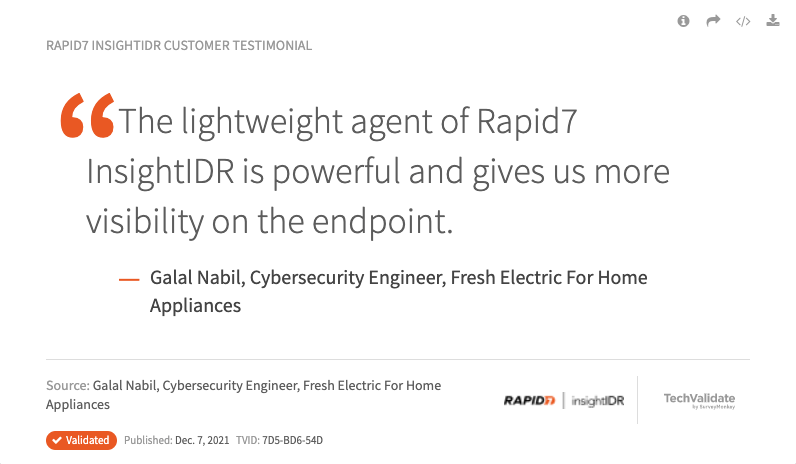




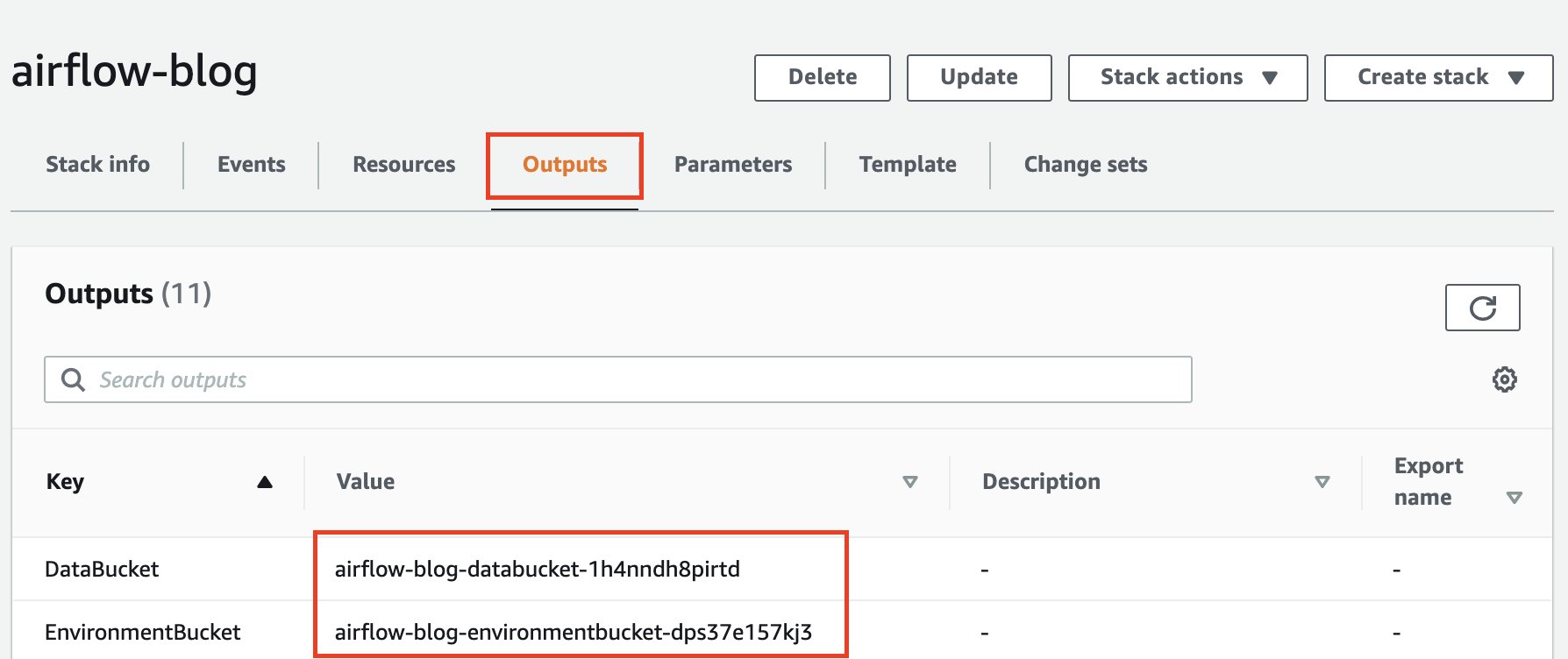













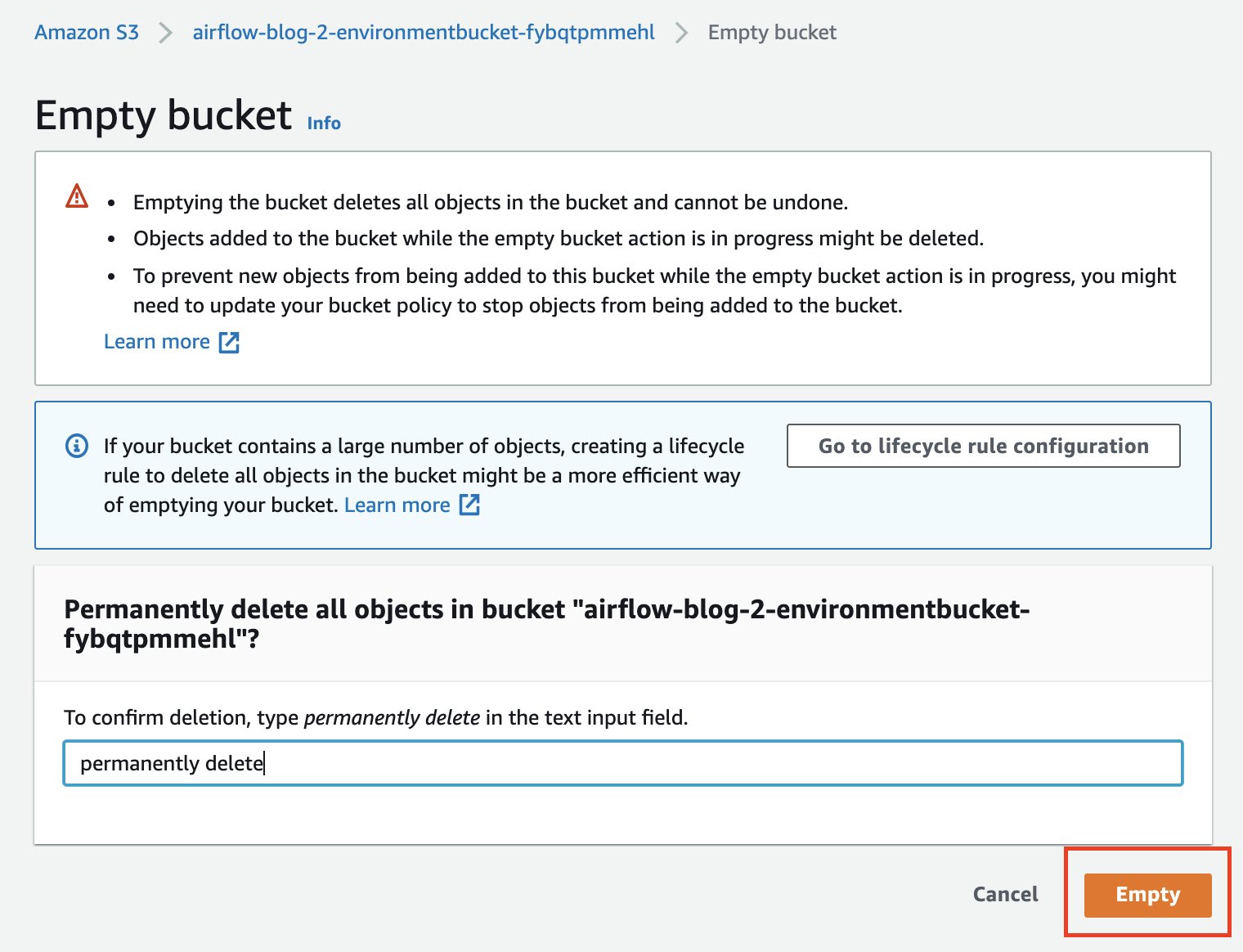



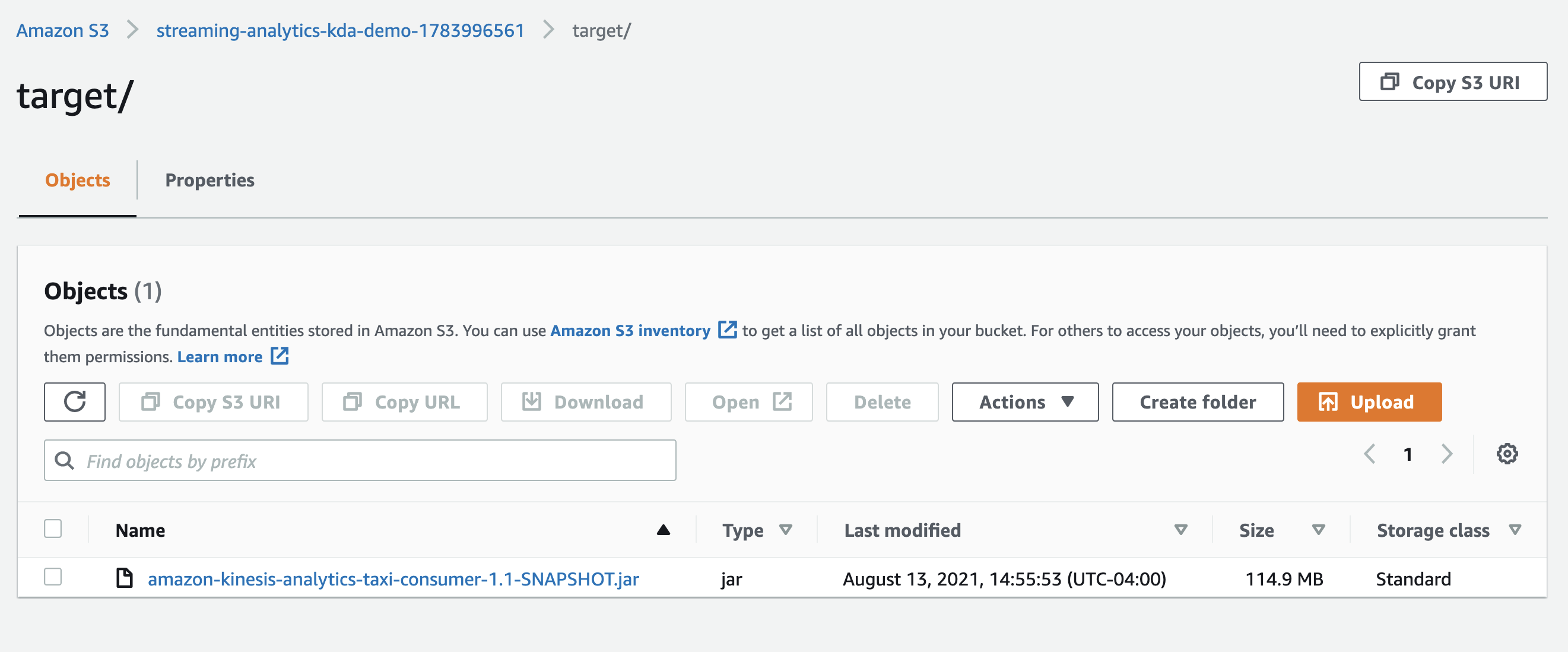
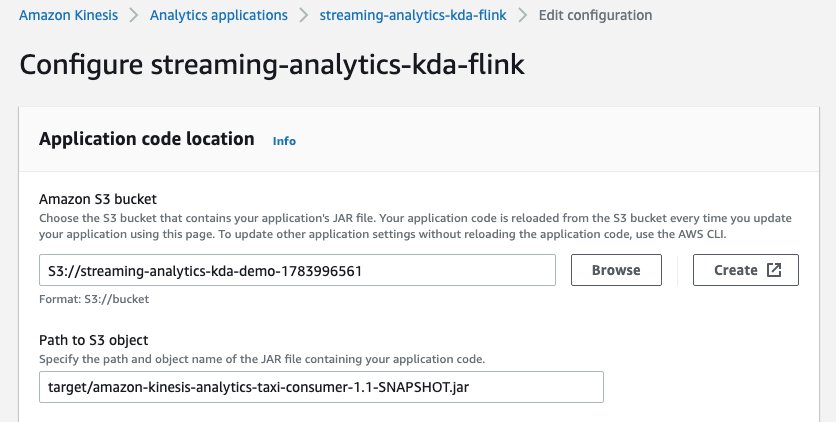





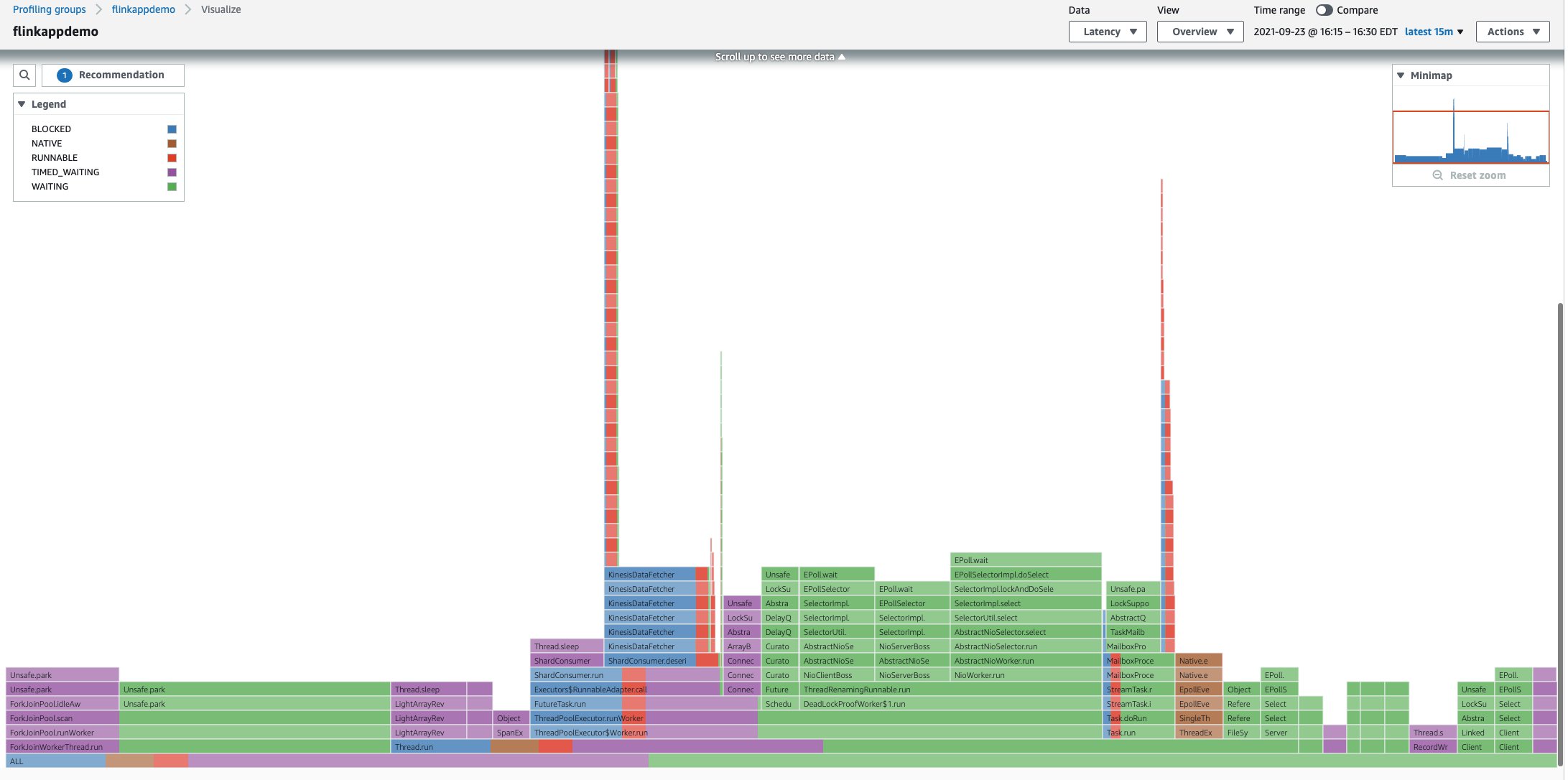




 Децата от Община Родопи бяха сравнени с кучета от Георги Цанков – председател на Общинския съвет, при публичното обсъждане на бюджета на Община Родопи
Децата от Община Родопи бяха сравнени с кучета от Георги Цанков – председател на Общинския съвет, при публичното обсъждане на бюджета на Община Родопи








